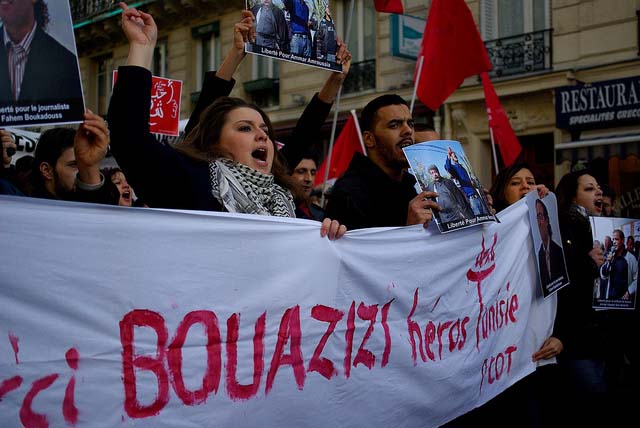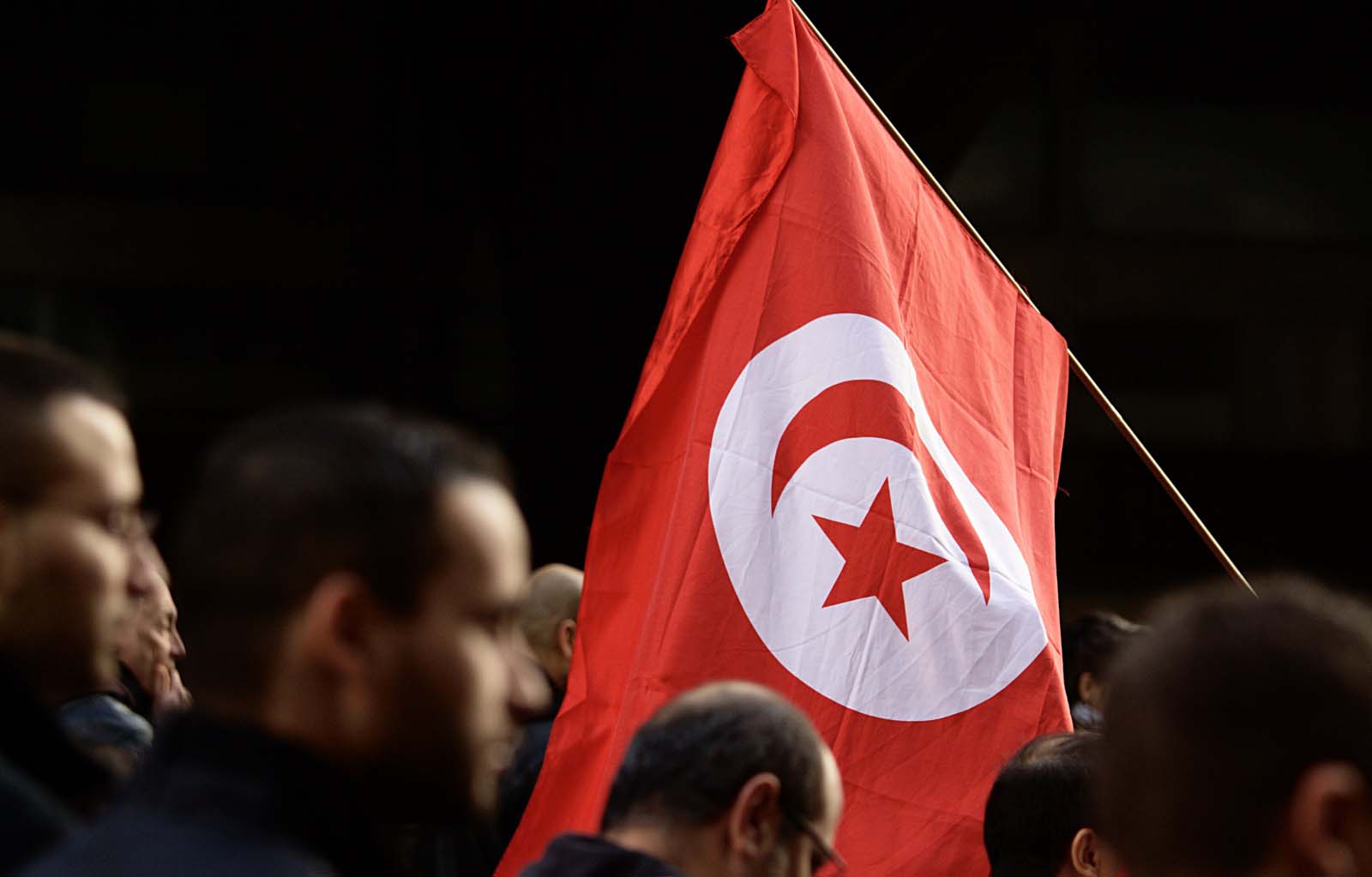In 2010, Mohamed Boazizi, a street vendor, set himself on fire in protest of the high unemployment amidst the deteriorating state of welfare in Tunisia. Several years later, following a series of uprisings in Northern Africa & the Middle East, Tunisian youths still employ similar practices for same set of reasons.
Recent revolts in Tunisia have led to a nationwide curfew between 8pm and 5am. This nationwide protest was reported to have started when Ridha Yahyaoui, a 28 year old unemployed man, was electrocuted on a transmission pole as he tried to protest his unemployment in Kasserine (A province in west–central Tunisia). Several suicide attempts also followed. Since the 2011 revolution, Tunisia has experienced an increase in unemployment rate from 12 percent to more than 20 percent, several news agencies have reported.
Noticeable benefits of the revolution?
Tunisia seems to have been the only country to have gained substantially from the revolution. The country’s long serving dictator, Ben Ali was successfully ousted from power and subsequently, the citizens gained the freedom of speech and opinion. Open criticism of politicians became acceptable and there were emergencies of national dialogues. The country has also gone on to create a new constitution and subsequently held its first post Arab Spring democratic elections in 2014 in what was considered free and fair. In December, Tunisia’s National Dialogue Quartet, were presented with the 2015 Nobel peace prize at a ceremony in Oslo. The Quartet comprised of the General Labour Union; the Tunisian Order of Lawyers; the Union of Industry, Trade and Handicrafts; and the Tunisian Human Rights League that facilitated the development of a non-partisan government post Arab Spring through a national dialogue.

French protest in support of Tunisia, Flickr CC BY-NC-SA 2.0
Tunisia’s Transitional Process
Transitional governments in Tunisia have continued to implement efforts at creating stability in the country but have failed repeatedly because adopted policies have been largely short-sighted. A significant population of Youth between 15-30 years of age are unemployed.
Many believe that things would have been much better after the deposition of the Ben Ali regime, but are disappointed as their expectations have fallen short. It is reported that youths are emigrating and many are willing to undergo the terrifying journey of crossing the Mediterranean Sea in search of hope. Many of the problems outlined by the autocratic regime still exists and the youths are becoming restless as to the fate of the country in the hands of the transition government.
Still, Tunisia appears to be the country among the five major countries that were fully involved in the Arab Spring to have the most positive fortune out of the uprisings. The revolts which started in Tunisia inspired same in Libya, Egypt, Syria and Yemen. While Tunisia has managed to transition into a democratic government (although still finding stability), Libya has collapsed into a war torn country with two governments and a lot of rebellion forces holding sway in its territories. Egypt has transitioned from dictatorship to a short-lived democratic government and back to dictatorship while Syria has been at the head of topical issues as the Assad led government has refused to relinquish power and have begun attacking its citizens openly.
What led to the general failure of the Arab Spring?
The length of the dictatorship in many of the countries that were involved ensured that most institutions became too weak to support the revolution. When protesters took to the street, “Post revolution” was poorly prepared for, and even if so, would still take a long while before significant results are openly seen. The pre-Arab Spring governments were very repressive and ensured that there were no quality oppositions which meant if they were deposed from government, it may be difficult for people to agree on a new leadership which would begin to cause ruckus on its own. This effect can be observed in Libya and Egypt.
![By Jerry Jackson (Flickr: EGypTarticleLarge) [CC BY-SA 2.0 (http://creativecommons.org/licenses/by-sa/2.0)], via Wikimedia Commons](http://blog.swaliafrica.com/wp-content/uploads/2016/02/Egypt-protest_Photo-Credit-Wikimedia-Commons_blog.swaliafrica.com_.jpg)
Riots in Egypt – By Jerry Jackson (Flickr) [CC BY-SA 2.0 ], via Wikimedia Commons
Hope
Tunisian youths are back on the street to protest similar situations that sprouted the Tunisian revolution thus leaving many, querying the success of the uprising. But with a democratic government in place and the increased chances of a national dialogue to smoothen transitional headaches, there may still be a splinter of hope for Tunisia to return to the path of glory.
[Header image]– Photo credit: Protest Tunisia, CC BY-NC-SA 2.0

